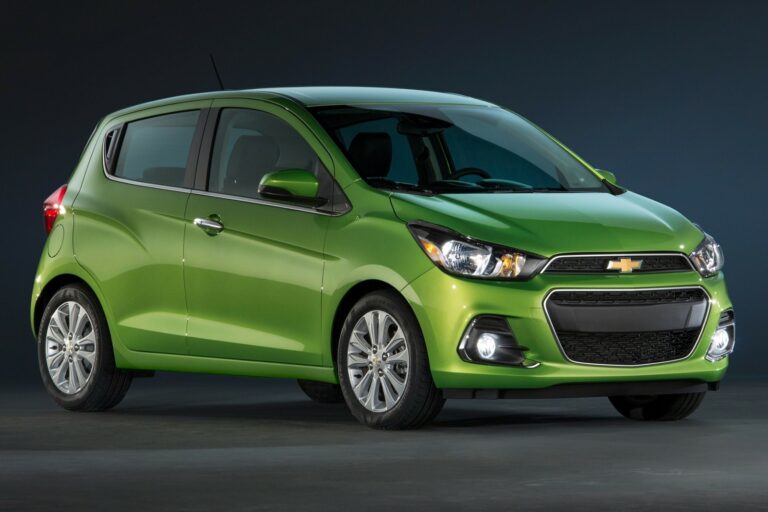2026 Ford E-Transit Cargo Van Specs: A Comprehensive Overview
The 2026 Ford E-Transit Cargo Van is poised to revolutionize the commercial vehicle landscape. As the demand for sustainable and efficient transportation solutions surges, Ford has unveiled its latest offering, an all-electric cargo van that promises to redefine the industry.
With its cutting-edge technology, impressive performance capabilities, and unwavering commitment to safety, the 2026 Ford E-Transit Cargo Van is set to become a game-changer in the world of commercial vehicles. Get ready to delve into the specifics of this remarkable van and discover why it’s the perfect choice for businesses seeking a reliable, eco-friendly, and technologically advanced transportation solution.
Performance

The 2026 Ford E-Transit Cargo Van is an all-electric commercial vehicle that offers impressive performance and efficiency. Its powertrain consists of a single electric motor that produces 266 horsepower and 317 lb-ft of torque. This motor is powered by a 67 kWh lithium-ion battery pack that provides a range of up to 126 miles on a single charge. The battery pack can be charged using a Level 2 charger in approximately 8 hours or using a DC fast charger in approximately 30 minutes.
Battery and Range
The E-Transit Cargo Van’s battery pack has a capacity of 67 kWh and is located under the floor of the van. This helps to lower the van’s center of gravity and improve its handling. The battery pack is covered by an 8-year/100,000-mile warranty.
Charging
The E-Transit Cargo Van can be charged using a Level 2 charger or a DC fast charger. Level 2 chargers are typically found at home or at public charging stations. They can charge the van’s battery pack in approximately 8 hours. DC fast chargers are typically found at public charging stations and can charge the van’s battery pack in approximately 30 minutes.
Comparisons and Competitors
/cdn.vox-cdn.com/uploads/chorus_image/image/66430356/Transit_Cargo1.0.jpg?w=700)
The 2026 Ford E-Transit Cargo Van faces fierce competition in the electric cargo van segment. Let’s delve into how it stacks up against its rivals.
In terms of performance, the E-Transit boasts impressive acceleration and torque, making it well-suited for urban deliveries. However, competitors like the Rivian EDV and Bollinger B2 offer similar or even better performance, making the race tight.
Payload Capacity
Payload capacity is crucial for cargo vans. The E-Transit offers a competitive payload of up to 3,500 pounds, meeting the needs of most businesses. However, the Rivian EDV has a slightly higher payload capacity, giving it an edge in hauling heavier loads.
Safety Features
Safety is paramount for commercial vehicles. The E-Transit comes equipped with a comprehensive suite of safety features, including lane-keeping assist, blind-spot monitoring, and automatic emergency braking. Competitors like the Mercedes-Benz eSprinter and Volkswagen ID. Buzz Cargo offer comparable safety features, making the competition fierce.
Technology
Technology plays a vital role in modern cargo vans. The E-Transit features an intuitive infotainment system with smartphone integration, voice control, and a large touchscreen. However, the Rivian EDV and Bollinger B2 offer more advanced technological features, including augmented reality navigation and autonomous driving capabilities.
| Feature | Ford E-Transit | Rivian EDV | Bollinger B2 |
|---|---|---|---|
| Performance | Impressive acceleration and torque | Similar or better performance | Comparable performance |
| Payload Capacity | Up to 3,500 pounds | Slightly higher payload capacity | Competitive payload capacity |
| Safety Features | Lane-keeping assist, blind-spot monitoring, automatic emergency braking | Comparable safety features | Comprehensive safety suite |
| Technology | Intuitive infotainment system, smartphone integration, voice control, large touchscreen | Advanced technological features, augmented reality navigation, autonomous driving capabilities | Advanced technological features, AI-powered driving assistance |
Advantages and Disadvantages
The Ford E-Transit Cargo Van offers several advantages, including its strong performance, competitive payload capacity, and a comprehensive safety suite. However, it faces stiff competition from rivals with superior technology and slightly higher payload capacities.
Answers to Common Questions
What is the range of the 2026 Ford E-Transit Cargo Van?
The range of the 2026 Ford E-Transit Cargo Van varies depending on the battery pack configuration. With the standard battery pack, it has a range of approximately 126 miles, while the extended-range battery pack offers a range of up to 215 miles.
What is the payload capacity of the 2026 Ford E-Transit Cargo Van?
The payload capacity of the 2026 Ford E-Transit Cargo Van is up to 4,290 pounds, making it suitable for a wide range of commercial applications.
What safety features are available on the 2026 Ford E-Transit Cargo Van?
The 2026 Ford E-Transit Cargo Van offers a comprehensive suite of safety features, including adaptive cruise control, lane departure warning, automatic emergency braking, and blind-spot monitoring.
How does the 2026 Ford E-Transit Cargo Van compare to its competitors?
The 2026 Ford E-Transit Cargo Van compares favorably to its competitors in terms of performance, payload capacity, safety features, and technology. It offers a longer range, higher payload capacity, and more advanced safety features than many of its rivals.

